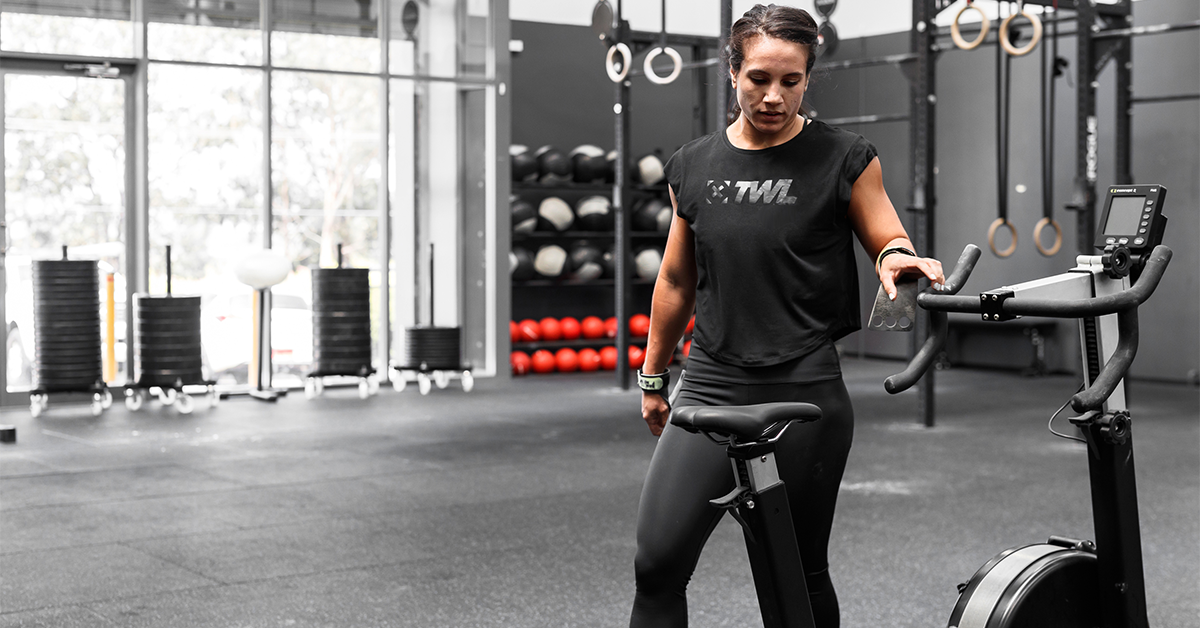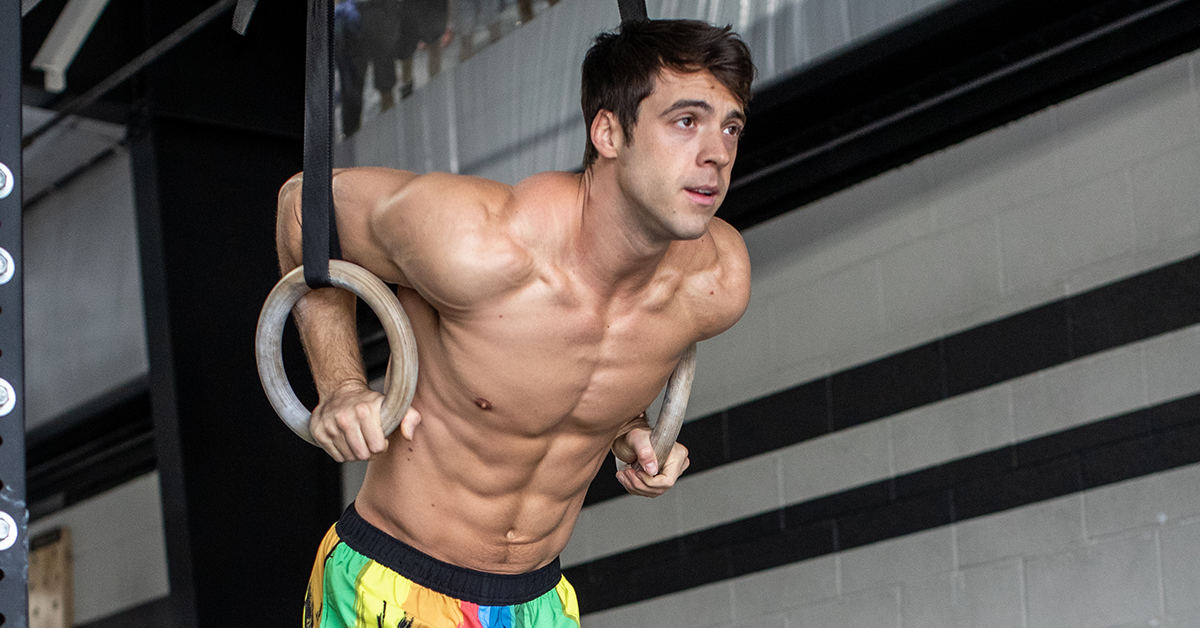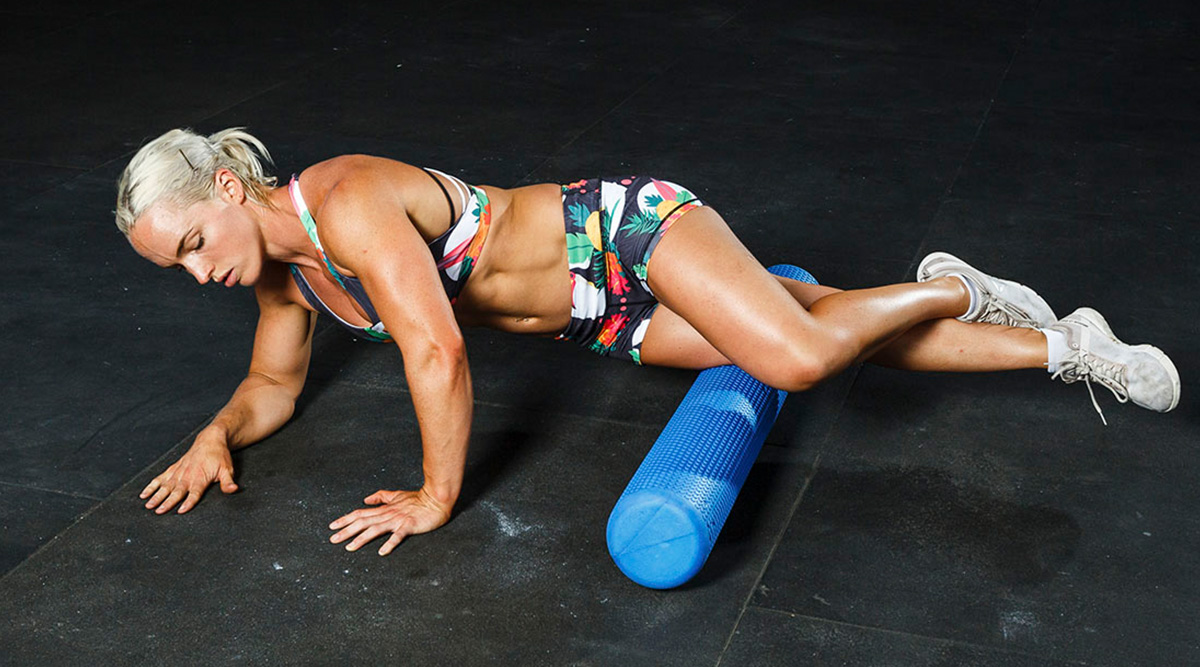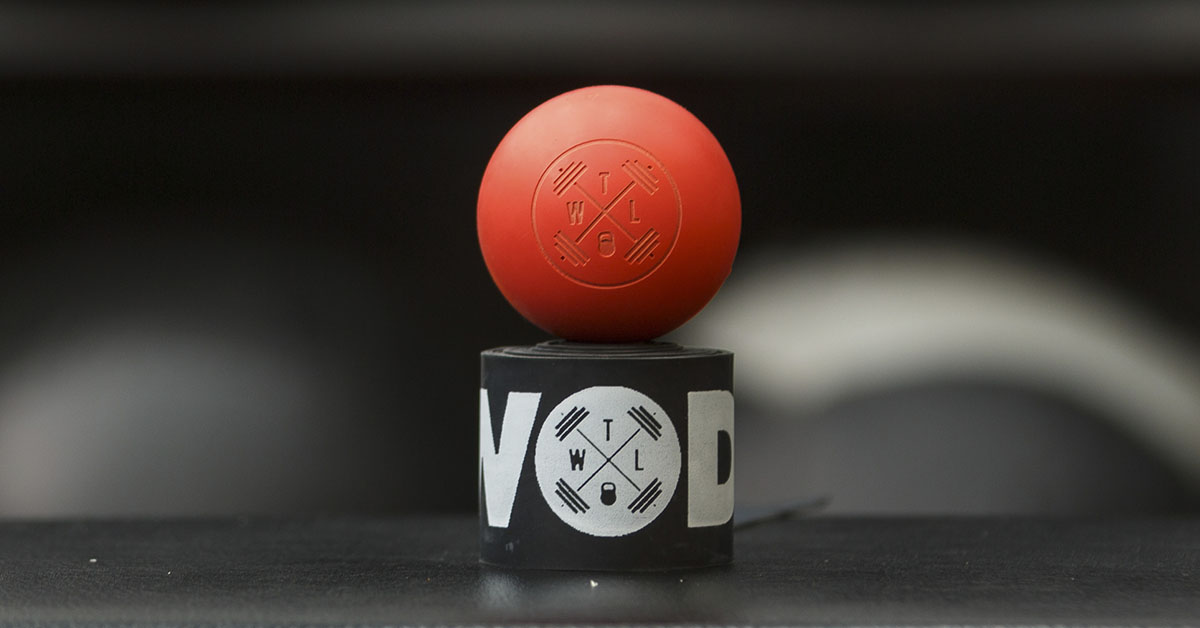While we all love an intense and productive workout, we dread the heavy muscle aches that come in the days that follow. This is called delayed onset muscle soreness, which is typically aggravated within two days of training. It lasts for a few days, making it difficult to maximize the muscles impacted the most during the workout. But do you know one effective solution to exercise-induced fatigue? Active recovery!
Active recovery entails doing low-intensity activities after a strenuous training session to promote the flow of nutrients through the body and flush out metabolic waste. It helps to speed up muscle recovery so that you feel less sore and can get back to training faster and more safely.
The Difference Between Active and Passive Recovery
You might not have even known that there are different types of recovery, so let’s start there.
First, we’ve got passive recovery, which refers to inactivity after training. This is good for those who are extremely physically or mentally exhausted, injured, or in pain after training. Passive training means you take total rest and give your body a chance to thoroughly heal.
Active recovery, as the name suggests, is more dynamic. This involves low-impact exercise that gets the blood flowing to expedite muscle healing. Think activities like walking, light jogging, rowing, and yoga.
View this post on Instagram
The Benefits of Active Recovery
You might think that total rest is the way to go — and sometimes, it is! — but there are many proven benefits of doing active recovery. It helps to flush out lactic acid from the muscles. Lactic acid accumulates during exercise, increasing hydrogen ions in the body, which contributes to muscle contraction and fatigue. So, the less lactic acid in the muscles, the fewer hydrogen ions there are, and the less tired and sore you’ll feel.
Active recovery also promotes blood flow, which flushes out toxins and pushes nutrients into the muscles, and allows them to heal faster. It also keeps the muscles flexible between workouts, possibly helping improve your performance during the next training session and prevent injury.
Unless you’re legitimately in pain, active recovery will more than likely be the most beneficial route for you. It keeps the blood and nutrients flowing, the body moving, and the muscles healing.
When to Do Active Recovery
There are three typical times when active recovery is done:
Post-Workout or Cooldown
Instead of just stopping abruptly at the end of a training session, engage in low-impact exercises that ease the body into a state of rest. Try doing active recovery after a workout at 50-60% effort for five to 10 minutes. This can involve doing some light cardio such as jogging or cycling, or foam rolling to ease the tension from the muscles.
Between Exercises Sets
Research suggests that athletes recover faster and sustain their strength to perform longer when they continue at 50% of their maximum effort between training intervals, versus being inactive or completely stopping. So, instead of sitting on a bench when you feel tired during training, try to jog a lap (or in place) or hit the stationary bike before the next interval.
On Rest Days
The body typically feels the impact of a workout a day or two after, so alleviate the soreness by doing some light exercises. Go for a jog in the park, a bike ride around the neighborhood, or take a few minutes to stretch or do yoga in your living room. Just get your muscles working to stay flexible and reduce soreness. Keep in mind that doing these low-intensity exercises means keeping your heart rate down! Yes, it should go up a little bit, but you shouldn’t be huffing and puffing and having a hard time breathing.
Shop Now
5 Examples of Active Recovery Exercises
Now that you have a good idea of what active recovery is and how it works, here’s a little more information on how you can do it.
Yoga
Yoga is known to increase flexibility, but it can also help minimize stress and muscle inflammation. Even when done at an easy-going pace, yoga can help control blood sugar levels, reduce muscle ache, and correct posture. The muscle stretching that yoga entails also helps to work muscles gently and promote blood circulation.
Walking or Jogging
Light forms of cardio like walking and jogging are some of the best types of active recovery exercises. They’re easy to do and require no equipment to accomplish. Walking can help you sleep better, improve memory, and minimize symptoms of anxiety. Take a leisurely walk or relaxed jog to get the heart rate up a bit. Even just a few minutes a day can help reduce soreness and get the blood pumping.
Cycling
A light bike ride can promote blood circulation without overstressing the muscles and aggravating their condition. Keep it low-impact with minimal pressure on the joints, so even a leisurely ride around the block or a few minutes on a stationary bike is enough.
Swimming
One study conducted among triathletes found that they performed better when they hit the pool after a HIIT session. This research suggests that water plays a part in reducing muscle inflammation which helps to minimize muscle fatigue. Plus, swimming is a full-body exercise that promotes a good heart rate and healthy blood flow.
Take note, though, that swimming for active recovery means doing slow and relaxed laps through the pool. Don’t push or overexert yourself. This is active, but it’s still recovery!
Myofascial Release
While most people opt for a foam roller, you can also use a massage stick or massage ball to stretch and massage your sore muscles. These help to reduce tension and muscle tightness, minimize swelling, and increase flexibility for a wider range of motion.
While plopping down on the couch can feel like the ideal rest day, remember that sometimes, a little movement goes a long way.
Did you like this blog? Check out our top four supplements for recovery!

















